Description
A Long, Lovely Column of Drooping Branches Adorned with Feathery Leaves
The Polyalthia Longifolia Pendula is one of the most unique additions to your landscaping. It’s often called the Mast Tree, as craftsmen used its flexible, lightweight wood to construct masts for sailing ships. Native to India and Sri Lanka, the tree is much beloved there. Locals use its leaves in religious ceremonies.
Caring for your Mast Tree
Artistically tall and slender, the Mast Tree is surprisingly wind resistant. In fact, the tree works well as a subtropical substitute for the Italian Cypress. Many folks use them in group plantings as a windbreak or privacy hedge. They can quickly grow to 40 ft. tall in their preferred condition: lots of light and a moderate amount of water. In the same family as the Ylang Ylang tree, the Mast Tree will flower in the spring with star-shaped clusters that attract birds and butterflies.
Famed for its slender, columnar growth and elegant foliage, this tree has become a staple in landscapes where space is at a premium or where a vertical element is desired. Whether you’re a beginner or an experienced gardener, this comprehensive guide will help you ensure that your Indian Mast Tree thrives.
Light
The Indian Mast Tree is highly adaptable when it comes to light. It can tolerate everything from full sun to partial shade. However, for optimal growth and a robust, full look, a spot with plenty of sunlight is recommended. If planted in an area that is too shaded, the tree may become leggy as it stretches toward the light.
Soil
Polyalthia longifolia is not overly fussy about soil types but does prefer well-drained soil. A mixture of loam, sand, and a bit of organic material generally offers the right combination of drainage and fertility. The tree has a moderate tolerance for salt, making it suitable for coastal areas, but it does best when the soil pH is slightly acidic to neutral.
Water
This tree is relatively drought-tolerant once established, but it does better with consistent moisture, especially in its formative years. Watering should be deep and less frequent rather than shallow and often. Overwatering or allowing the tree to sit in waterlogged soil can lead to root rot.
Fertilization
A balanced, slow-release fertilizer works well for the Indian Mast Tree. Young trees benefit from more frequent fertilization to encourage growth, usually every 3-4 months. For mature trees, annual or bi-annual fertilization should suffice. Always follow manufacturer guidelines when applying any fertilizer to avoid burning the roots.
Pruning
The natural growth habit of the Indian Mast Tree is vertical, making it an excellent choice for hedging or screening. However, pruning may be necessary to maintain its shape or to remove any diseased or dead branches. Always use clean, sharp pruning tools and make your cuts at a 45-degree angle to avoid water pooling on the cut surfaces. The best time for heavy pruning is late winter or early spring when the tree is not actively growing.
Pest and Disease Management
The Indian Mast Tree is relatively resistant to pests and diseases. However, occasional issues like scale insects or aphids might occur. Neem oil or insecticidal soaps are usually effective for treating these problems. Fungal diseases are less common and can typically be avoided by proper watering practices and ensuring good air circulation around the tree.

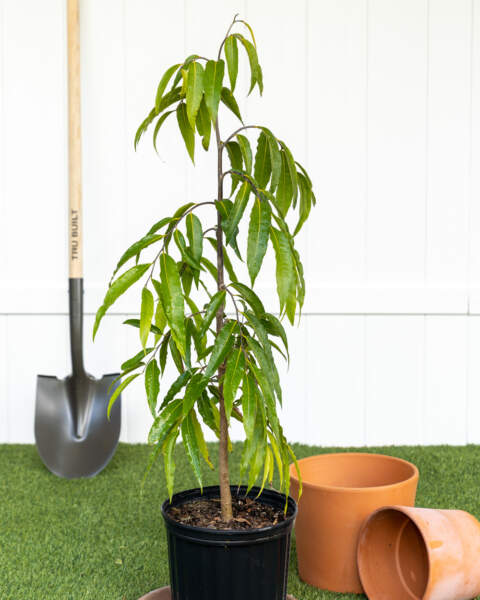
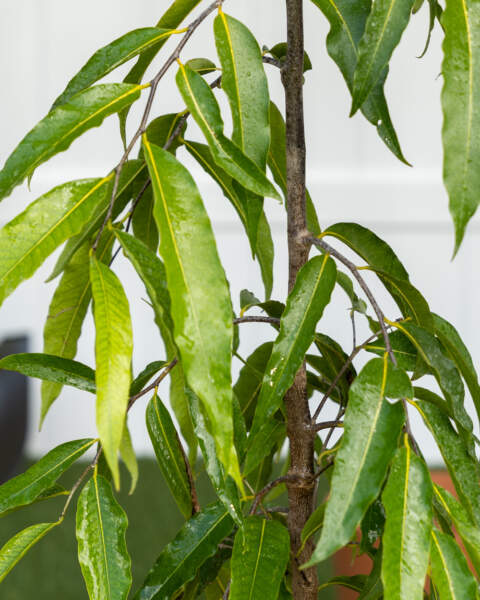
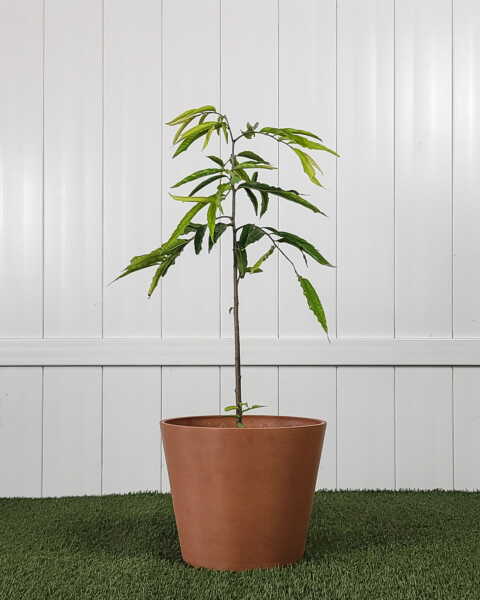
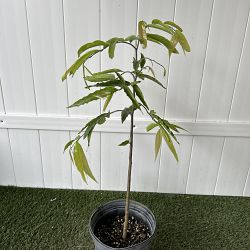

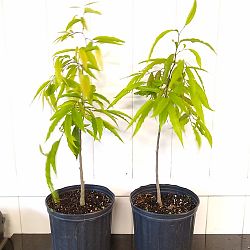
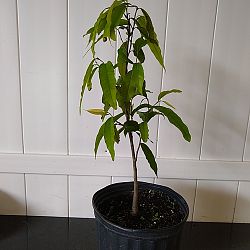


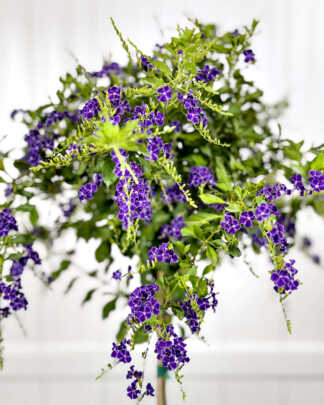
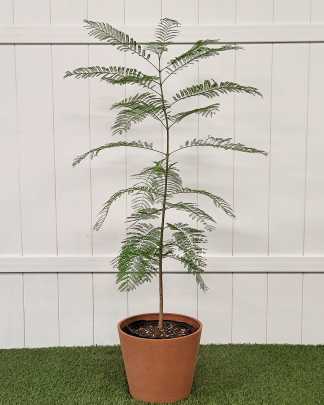
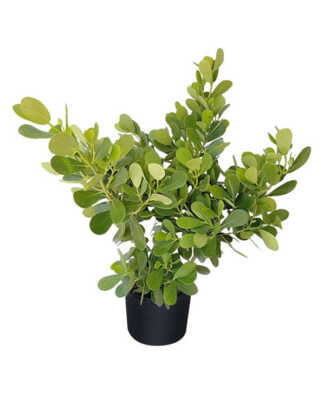
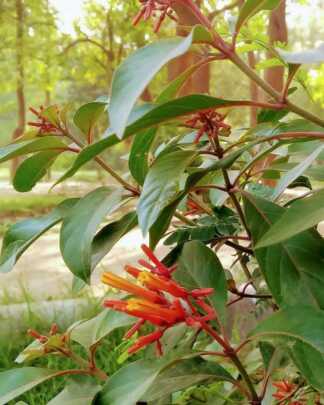
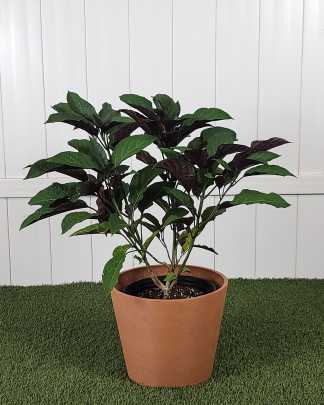


Rafael Sanchez (verified owner) –
Excellent , the way it was delivered. I definitely recommend plantvine
Jeff R. (verified owner) –
Plant arrived in perfect condition. Shipping was super fast. Great specimen.
Ami Patel (verified owner) –
It was perfect!